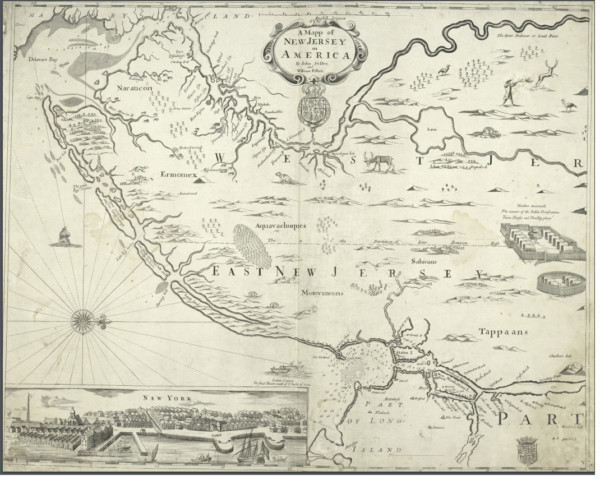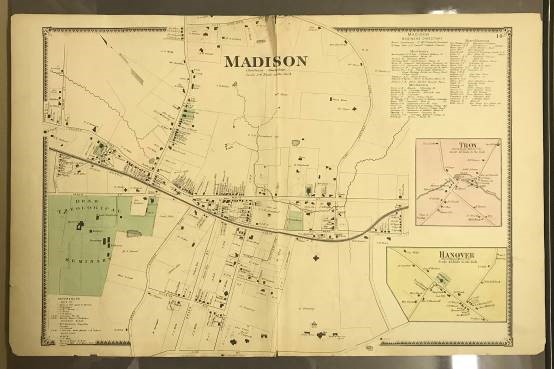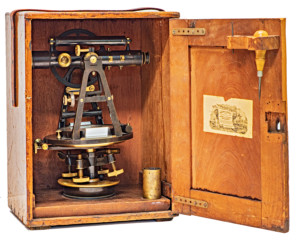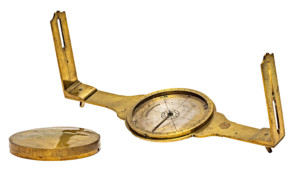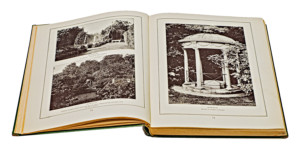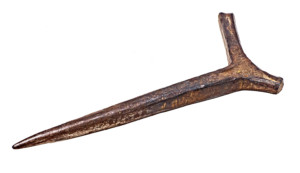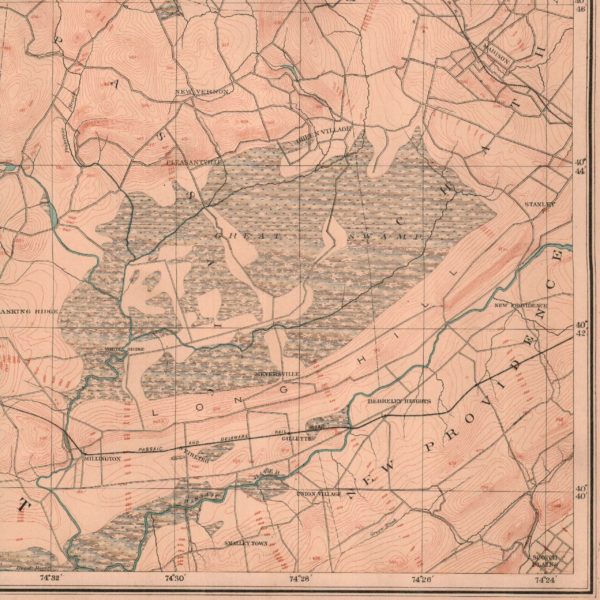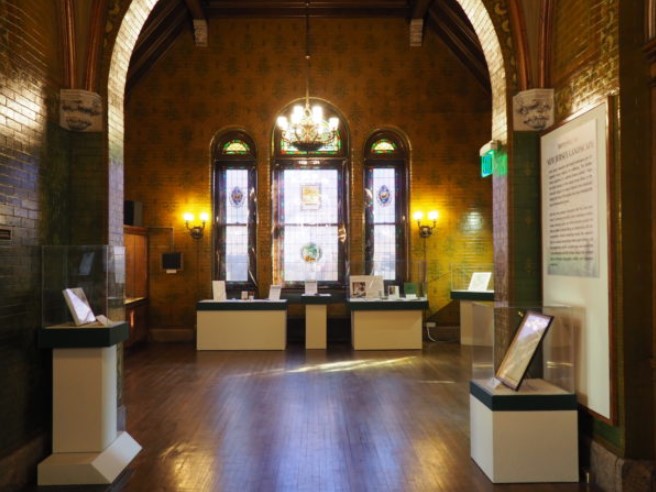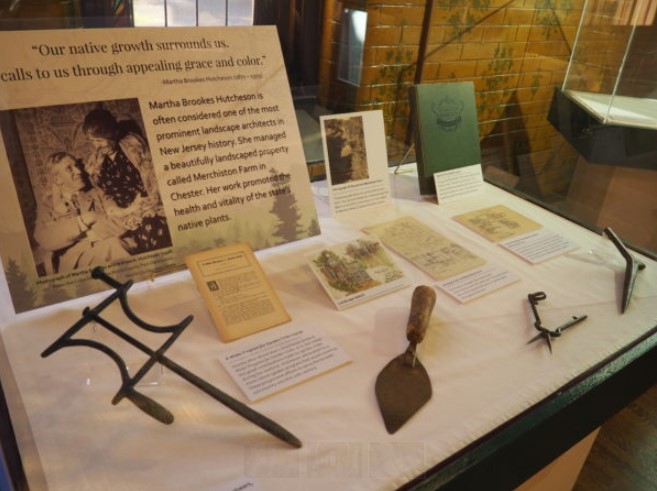Surveying the New Jersey Landscape
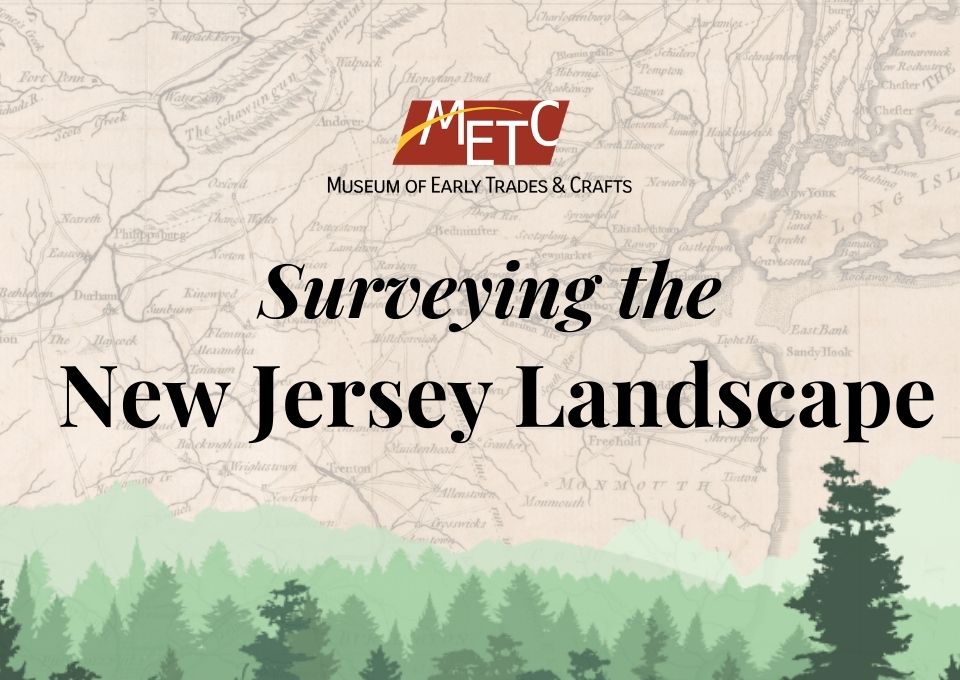
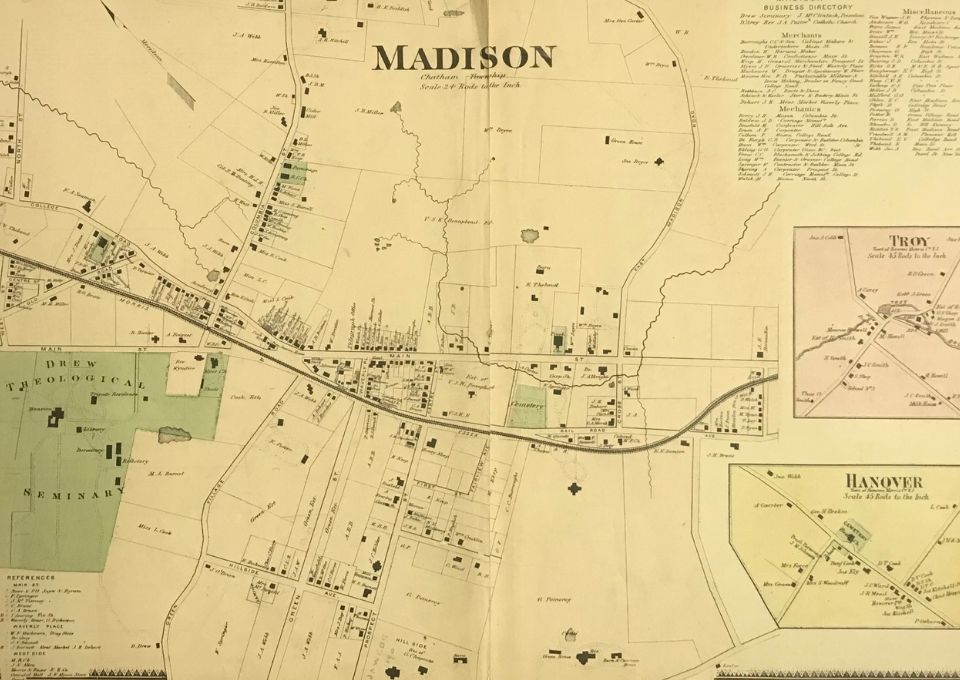
Mapping the Terrain of the Garden State
New Jersey’s beautiful and varied landscapes give its residents many reasons to celebrate. The Garden State’s backdrop is a colorful, diverse scenery – from the Great Swamp, to the coastal Jersey Shore, to the mountain ranges. Its natural features have drastically shaped the lives of the people who have inhabited the area for thousands of years.
But how have people interacted with this land over time? Historic maps, surveying tools, and other accounts provide the keys to better understanding our relationship to our environment. Artistic renderings reveal the creativity that our natural surroundings often spark within us. As you explore Surveying the New Jersey Landscape, consider your own connection to the landscape and the human impact that we have had on the local topography, wildlife, and vegetation over time.
Thank You To Those Who Helped Make This Exhibit Possible
- Montclair History Center
- Morris County Historical Society
- Morris County Parks Comission
- Karen Spicer
- Walter Rodriguez
- Erin Benz
- Tom Judd
Explore Part of Surveying the New Jersey Landscape
Map of Early New Jersey
New Jersey wasn’t always a single, unified territory. From 1674 to 1702, the land was split into two parts: East New Jersey and West New Jersey. This map was created by British cartographers shortly after colonial proprietors divided the land in this manner. The map was intended to promote early settlement to the area. Notice the depictions of waterways, local animal life, and buildings.
Map of Madison
Throughout the 19th century, areas of New Jersey farmland became increasingly industrialized. Many towns – like Madison – experienced tremendous growth along newly constructed railroad lines, with developed centralized downtown areas and clusters of businesses. These maps were created in the late 19th century, around the time of this industrial boom in Morris County.
Theodolite
This piece of equipment is called a theodolite or transit. It was created in the late 19th century by Frederick E. Brandis in New York. It contains a rotating telescope that can measure both horizontal and vertical angles. These instruments provide precise measurements used to create a topographical map that illustrates the landscape’s geographical features.
Compasses
Surveyors used brass compasses like this one to measure and record direction. The surveyor mounted the compass on a large tripod and sighted a direct line between two landscape features, such as trees, houses, or streams. This intricate brass compass was crafted by Nathan Storrs of Connecticut in the early 1790s.
The Great Swamp
Right in our backyard resides the Great Swamp watershed, a geographical area that covers about 35,000 acres in Morris and Somerset Counties. People have lived in this swamp land for centuries. In the 1800s, local communities used the swamp’s many natural resources for sustenance – particularly lumber for firewood.
In 1959, the Port Authority attempted to construct an international airport in the swamp lands, which would have destroyed much of this natural landscape. This effort was thwarted largely due to the protests of local residents, particularly Helen C. Fenske. In 1964, the Great Swamp became a National Wildlife Refuge, which continues to advocate for the protection and preservation of these lands today.

